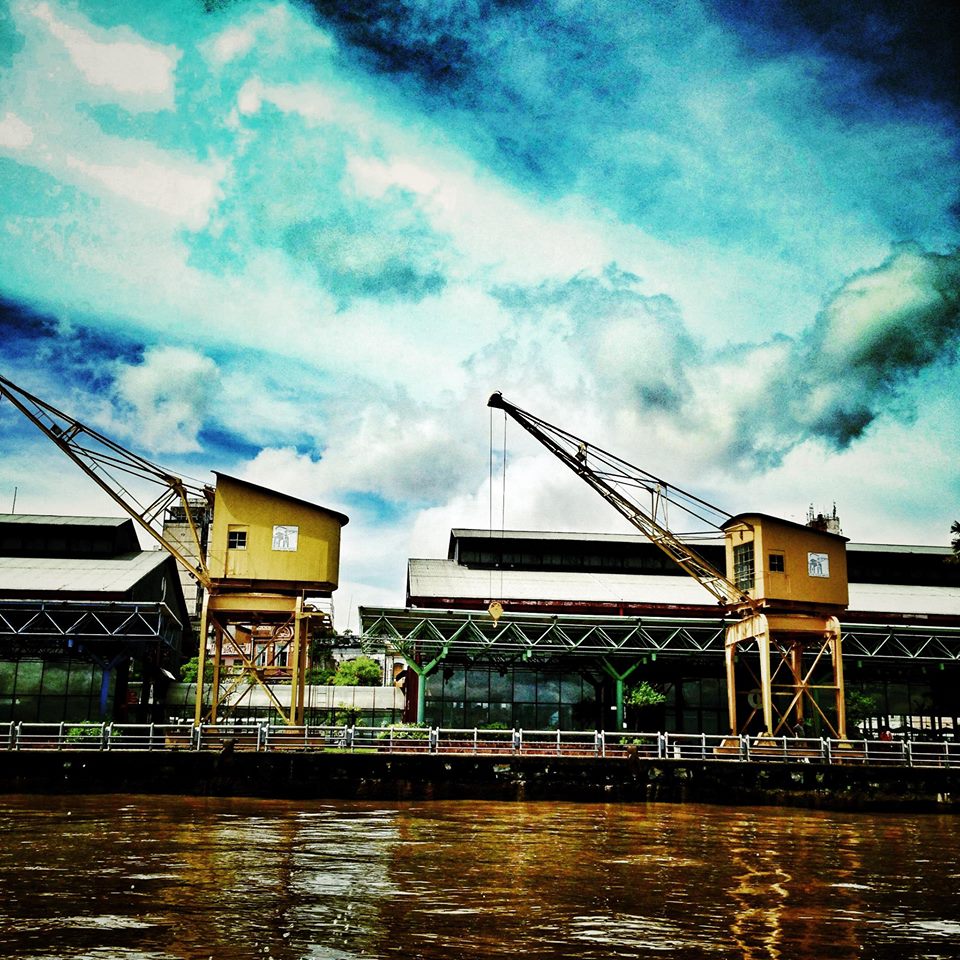
Uploaded on 2018-03-27 by Deborah Lobo
Belém, have issues in mobility, it is a capital city that has a lot of poverty with people living on the banks of rivers, the fluvial mobility, for example, it is an invisible information, because of all the population that lives on the other side of the rivers with no connection to the big city, we don't have the real proportion of the necessity of those individuals. So the traffic of boats that travel to the city are invisible. Data Analysis would help us understand how people travel, how different age groups travel, and how people travel during different times of the day for different types of activities, this kind of data would become visible in the city scale, and with this information we can provide better fluvial transportation service that we could project and analyze the interchange patterns for revealing passenger redistribution in a traffic network, which contribute to the planning of the traffic flows and to transform the city of Belém in a more livable city, having a better understanding of our cities, their functions, their dynamics, their citzens, lifestyle of citzens and the interaction between people and environment.